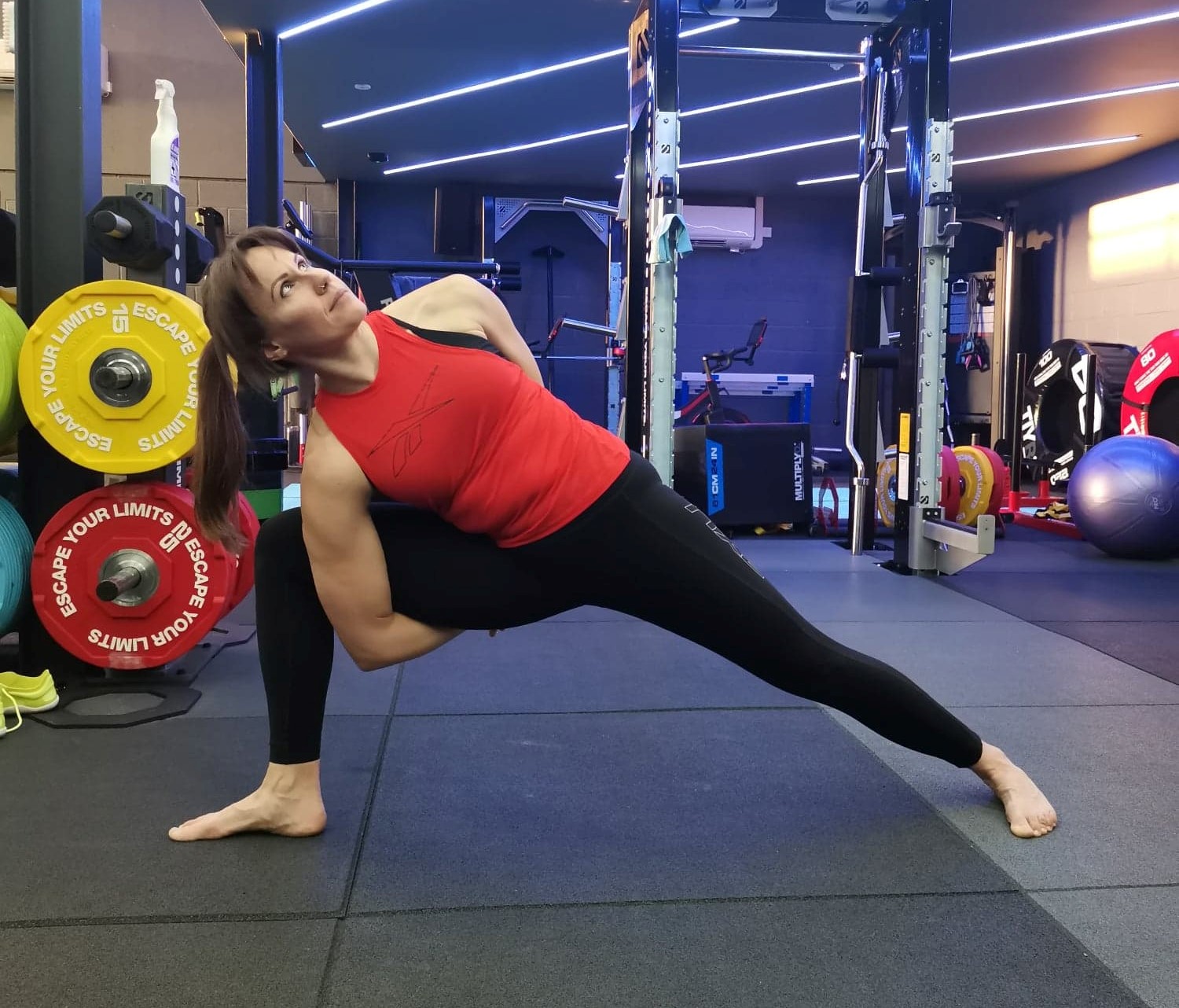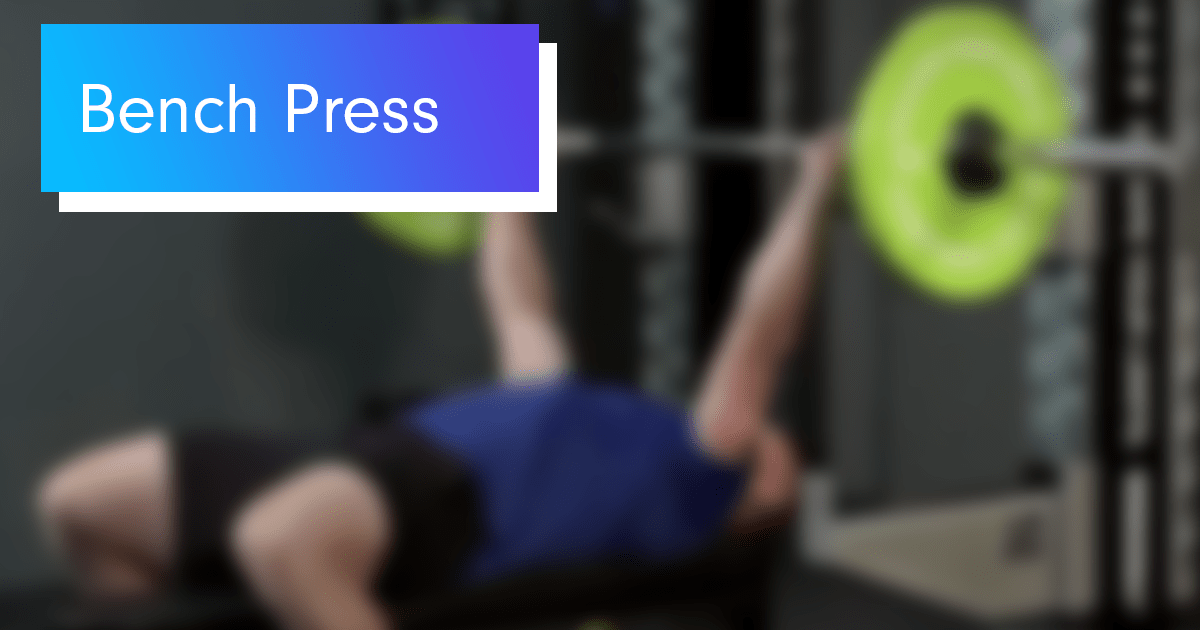Here at Elevate we offer a great range of Wellness classes, including our Body Revive session, which is led by our instructor Ian. This week he wanted to share his opinion on how much is enough?
Together with periods of food scarcity, sporadic bouts of intense exercise are probably the most common challenge that our ancestors had to handle. It could be argued that our bodies are so well programmed to deal with these challenges that it also relishes them. Without stimulation we wither away.
My journey
I consider myself to be a former, or perhaps I should say, recovering ‘fitness fanatic’. It was in my teens that I really started to appreciate that a bit of exercise felt good, but in my twenties this developed into a habit based on the idea that a lot of exercise must feel even better. I have also witnessed this amongst some of my clients – who feel compelled to engage in very high levels of their favourite exercise because of the rewarding feeling it brings, despite adverse consequences.
If used in the wrong dose, too much exercises can take us out of balance, fuelling inflammation and potentially making fitness buffs more susceptible to injury or long-term fatigue. Biologists use a term, hormesis, to refer to the way organisms can respond to stressful factors in a beneficial way or a harmful way, depending on the strength and the duration of the ‘stressor’. A quick, low dose of the stressor has a positive effect on health although high doses will create a damaging effect. The correct ‘goldilocks’ dose of intense movement, sets into motion a series of reactions that signal our bodies to produce their own medicine cabinet of antioxidants and anti-inflammatories, that help us cope with the normal challenges of day-to-day life.[ii][ii]
When does it become too much?
So, the question becomes – how much exercise is enough and when does it become too much? I believe the answer lies partly in developing more bodily awareness. Learning with greater sensitivity, how different types of movement and rest make us feel. So if you always opt for classic aerobic exercise, perhaps try weighted resistance training or High Intensity Interval Training (HIIT) and note the different effects on your body. Equally, if you usually opt for slow and purposeful movement – such as yoga or Taiichi – you may benefit from trying a new team sports.
How my class can help
The Body Revive sessions I run at Elevate aim to build bodily awareness of how we move – which can help avoid excess strain, tension and discomfort and help to remember the flip side of movement’s proverbial coin, stillness and rest. Adding this type of variety to our overall fitness regime can help us to feel more alive, reactive and open to change.
Our Body Revive session takes place every Thursday at 6:15pm, if you’d like to join us for a class then click the link below:
Take a look at our expert led group fitness classes – Elevate Fitness (elevatefitnessuk.com)
[i][i] Praag, H. V., Fleshner, M., Schwartz, M. W., Mattson, M. P., & Mattson, M. P. (2014). Exercise, Energy Intake, Glucose Homeostasis, and the Brain. The Journal of Neuroscience, 34(46), 15139-15149.
[ii][ii] Calabrese, E. J., Mattson, M. P., & Mattson, M. P. (2017). How does hormesis impact biology, toxicology, and medicine? Retrieved 4 7, 2019, from https://nature.com/articles/s41514-017-0013-z



